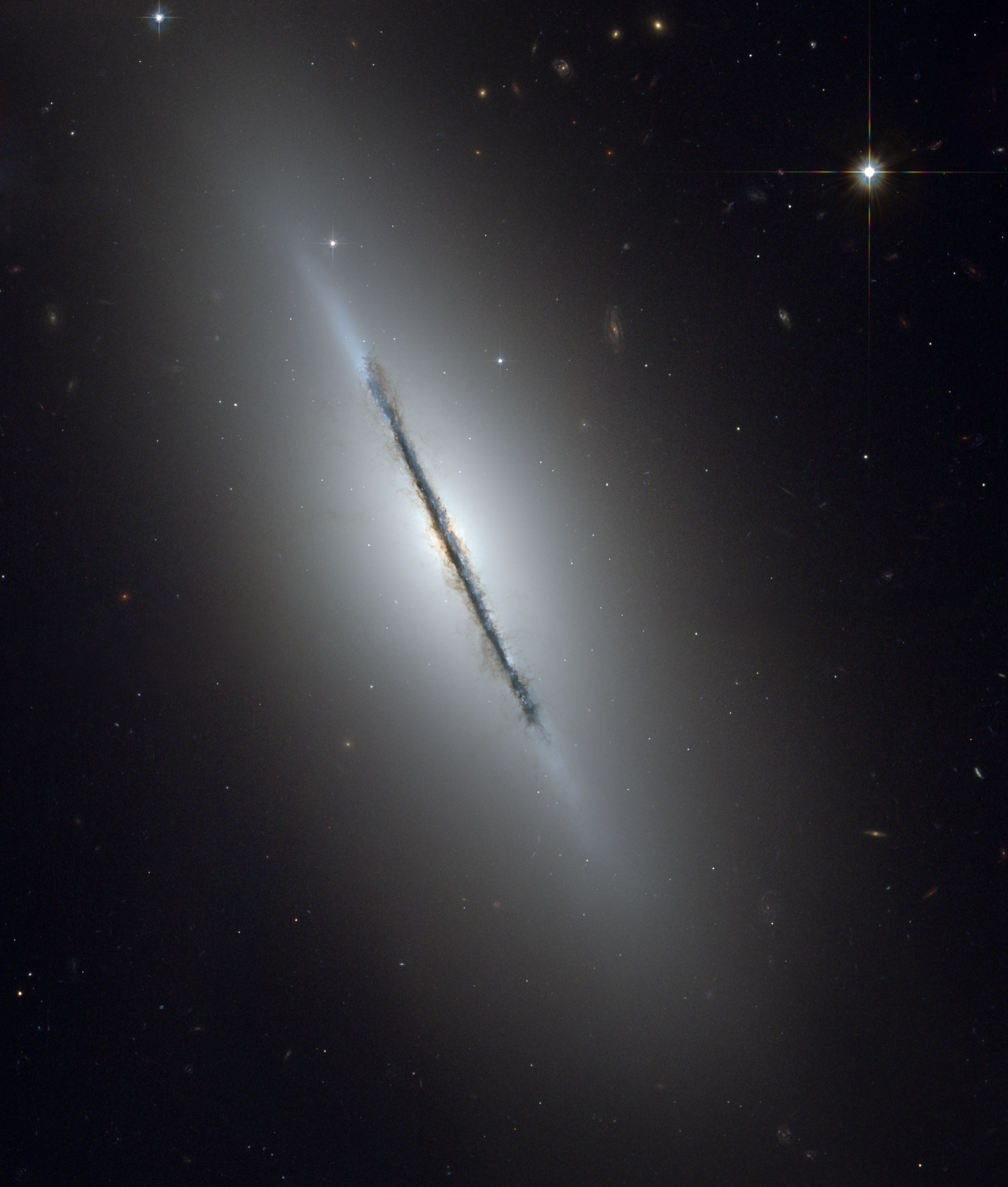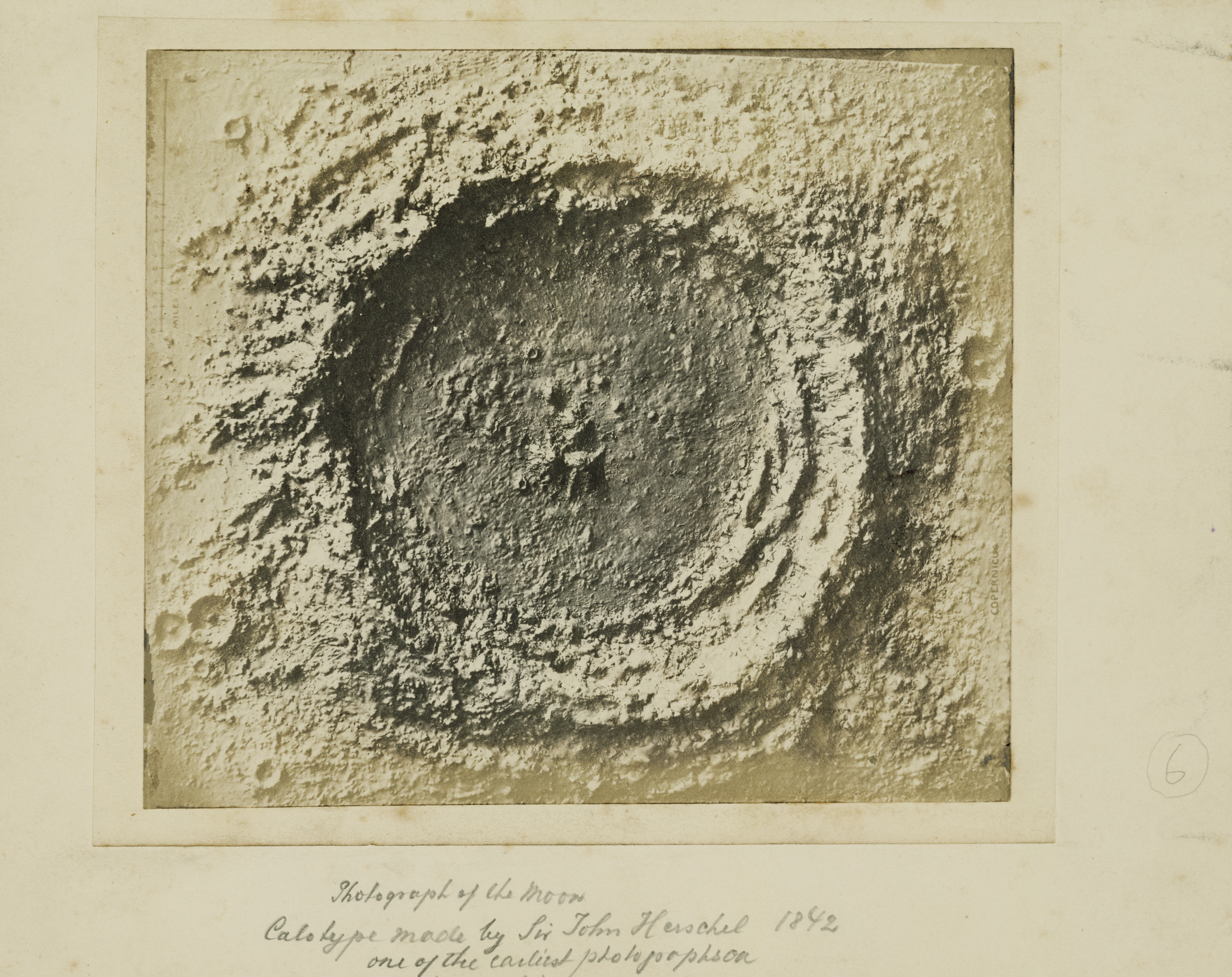|
NGC 25
NGC 25 is a barred lenticular galaxy situated in the Phoenix (constellation), Phoenix constellation. It was discovered on 28 October 1834 by John Herschel. It is the brightest cluster galaxy for Abell cluster 2731. A supernova was discovered in NGC 25 on 15 November 2020. References External links * * Galaxies discovered in 1834 NGC objects, 0024 Phoenix (constellation) Barred lenticular galaxies Astronomical objects discovered in 1834, 18341028 {{lenticular-galaxy-stub ... [...More Info...] [...Related Items...] OR: [Wikipedia] [Google] [Baidu] |
Digitized Sky Survey
The Digitized Sky Survey (DSS) is a digitized version of several photographic astronomical surveys of the night sky, produced by the Space Telescope Science Institute between 1983 and 2006. Versions and source material The term Digitized Sky Survey originally referred to the publication in 1994 of a digital version of an all-sky photographic atlas used to produce the first version of the Guide Star Catalog. For the northern sky, the National Geographic Society – Palomar Observatory Sky Survey E-band (red, named after the Eastman Kodak IIIa-E emulsion used), provided almost all of the source data (plate code "XE" in the survey). For the southern sky, the J-band (blue, Eastman Kodak IIIa-J) of the ESO/ SERC Southern Sky Atlas (known as the SERC-J, code "S") and the "quick" V-band (blue or V in the Johnson–Kron–Cousins system, Eastman Kodak IIa-D) SERC-J Equatorial Extension (SERC-QV, code "XV"), from the UK Schmidt Telescope at the Australian Siding Spring Observatory, wer ... [...More Info...] [...Related Items...] OR: [Wikipedia] [Google] [Baidu] |
Phoenix (constellation)
Phoenix is a minor constellation in the southern sky. Named after the mythical phoenix, it was first depicted on a celestial atlas by Johann Bayer in his 1603 ''Uranometria''. The French explorer and astronomer Nicolas Louis de Lacaille charted the brighter stars and gave their Bayer designations in 1756. The constellation stretches from roughly −39° to −57° declination, and from 23.5h to 2.5h of right ascension. The constellations Phoenix, Grus, Pavo and Tucana, are known as the Southern Birds. The brightest star, Alpha Phoenicis, is named Ankaa, an Arabic word meaning 'the Phoenix'. It is an orange giant of apparent magnitude 2.4. Next is Beta Phoenicis, actually a binary system composed of two yellow giants with a combined apparent magnitude of 3.3. Nu Phoenicis has a dust disk, while the constellation has ten star systems with known planets and the recently discovered galaxy clusters El Gordo and the Phoenix Cluster—located 7.2 and 5.7 billion light years away ... [...More Info...] [...Related Items...] OR: [Wikipedia] [Google] [Baidu] |
Metre Per Second
The metre per second is the unit of both speed (a scalar (physics), scalar quantity) and velocity (a Vector (mathematics and physics), vector quantity, which has direction and magnitude) in the International System of Units (SI), equal to the speed of a body covering a distance of one metre in a time of one second. The International System of Units, SI unit symbols are m/s, m·s−1, m s−1, or . Sometimes it is abbreviated as "mps". Conversions is equivalent to: : = 3.6 kilometres per hour, km/h (exactly) : ≈ 3.2808 feet per second (approximately) : ≈ 2.2369 miles per hour (approximately) : ≈ 1.9438 knot (unit), knots (approximately) 1 feet per second, foot per second = (exactly) 1 miles per hour, mile per hour = (exactly) 1 kilometres per hour, km/h = (exactly) Relation to other measures The benz, named in honour of Karl Benz, has been proposed as a name for one metre per second. Although it has seen some support as a practical unit, primarily from German ... [...More Info...] [...Related Items...] OR: [Wikipedia] [Google] [Baidu] |
Barred Lenticular Galaxy
A lenticular galaxy (denoted S0) is a type of galaxy intermediate between an elliptical (denoted E) and a spiral galaxy in galaxy morphological classification schemes. It contains a large-scale disc but does not have large-scale spiral arms. Lenticular galaxies are disc galaxies that have used up or lost most of their interstellar matter and therefore have very little ongoing star formation. They may, however, retain significant dust in their disks. As a result, they consist mainly of aging stars (like elliptical galaxies). Despite the morphological differences, lenticular and elliptical galaxies share common properties like spectral features and scaling relations. Both can be considered early-type galaxies that are passively evolving, at least in the local part of the Universe. Connecting the E galaxies with the S0 galaxies are the ES galaxies with intermediate-scale discs. Morphology and structure Classification Lenticular galaxies are unique in that they have a visibl ... [...More Info...] [...Related Items...] OR: [Wikipedia] [Google] [Baidu] |
John Herschel
Sir John Frederick William Herschel, 1st Baronet (; 7 March 1792 – 11 May 1871) was an English polymath active as a mathematician, astronomer, chemist, inventor, experimental photographer who invented the blueprint and did botanical work. Herschel originated the use of the Julian day system in astronomy. He named seven moons of Saturn and four moons of Uranus – the seventh planet, discovered by his father Sir William Herschel. He made many contributions to the science of photography, and investigated colour blindness and the chemical power of ultraviolet rays. His ''Preliminary Discourse'' (1831), which advocated an inductive approach to scientific experiment and theory-building, was an important contribution to the philosophy of science. Early life and work on astronomy Herschel was born in Slough, Buckinghamshire, the son of Mary Baldwin and astronomer William Herschel. He was the nephew of astronomer Caroline Herschel. He studied shortly at Eton College an ... [...More Info...] [...Related Items...] OR: [Wikipedia] [Google] [Baidu] |
Brightest Cluster Galaxy
A brightest cluster galaxy (BCG) is defined as the brightest galaxy in a cluster of galaxies. BCGs include the most massive galaxies in the universe. They are generally elliptical galaxies which lie close to the geometric and kinematical center of their host galaxy cluster, hence at the bottom of the cluster potential well. They are also generally coincident with the peak of the cluster X-ray emission. Formation scenarios for BCGs include: * Cooling flow—Star formation from the central cooling flow in high density cooling centers of X-ray cluster halos. The study of accretion populations in BCGs has cast doubt over this theory and astronomers have seen no evidence of cooling flows in radiative cooling clusters. The two remaining theories exhibit healthier prospects. * Galactic cannibalism—Galaxies sink to the center of the cluster due to dynamical friction and tidal stripping. * Galactic merger—Rapid galactic mergers between several galaxies take place during cluster col ... [...More Info...] [...Related Items...] OR: [Wikipedia] [Google] [Baidu] |
Galaxies Discovered In 1834
A galaxy is a system of stars, stellar remnants, interstellar gas, dust, dark matter, bound together by gravity. The word is derived from the Greek ' (), literally 'milky', a reference to the Milky Way galaxy that contains the Solar System. Galaxies, averaging an estimated 100 million stars, range in size from dwarfs with less than a hundred million stars, to the largest galaxies known – supergiants with one hundred trillion stars, each orbiting its galaxy's center of mass. Most of the mass in a typical galaxy is in the form of dark matter, with only a few percent of that mass visible in the form of stars and nebulae. Supermassive black holes are a common feature at the centres of galaxies. Galaxies are categorized according to their visual morphology as elliptical, spiral, or irregular. Many are thought to have supermassive black holes at their centers. The Milky Way's central black hole, known as Sagittarius A*, has a mass four million times greater than the Sun. A ... [...More Info...] [...Related Items...] OR: [Wikipedia] [Google] [Baidu] |
NGC Objects
The ''New General Catalogue of Nebulae and Clusters of Stars'' (abbreviated NGC) is an astronomical catalogue of deep-sky objects compiled by John Louis Emil Dreyer in 1888. The NGC contains 7,840 objects, including galaxies, star clusters and emission nebulae. Dreyer published two supplements to the NGC in 1895 and 1908, known as the ''Index Catalogues'' (abbreviated IC), describing a further 5,386 astronomical objects. Thousands of these objects are best known by their NGC or IC numbers, which remain in widespread use. The NGC expanded and consolidated the cataloguing work of William and Caroline Herschel, and John Herschel's ''General Catalogue of Nebulae and Clusters of Stars''. Objects south of the celestial equator are catalogued somewhat less thoroughly, but many were included based on observation by John Herschel or James Dunlop. The NGC contained multiple errors, but attempts to eliminate them were made by the ''Revised New General Catalogue'' (RNGC) by Jack W. Sulenti ... [...More Info...] [...Related Items...] OR: [Wikipedia] [Google] [Baidu] |
Barred Lenticular Galaxies
A lenticular galaxy (denoted S0) is a type of galaxy intermediate between an elliptical (denoted E) and a spiral galaxy in galaxy morphological classification schemes. It contains a large-scale disc but does not have large-scale spiral arms. Lenticular galaxies are disc galaxies that have used up or lost most of their interstellar matter and therefore have very little ongoing star formation. They may, however, retain significant dust in their disks. As a result, they consist mainly of aging stars (like elliptical galaxies). Despite the morphological differences, lenticular and elliptical galaxies share common properties like spectral features and scaling relations. Both can be considered early-type galaxies that are passively evolving, at least in the local part of the Universe. Connecting the E galaxies with the S0 galaxies are the ES galaxies with intermediate-scale discs. Morphology and structure Classification Lenticular galaxies are unique in that they have a visibl ... [...More Info...] [...Related Items...] OR: [Wikipedia] [Google] [Baidu] |






